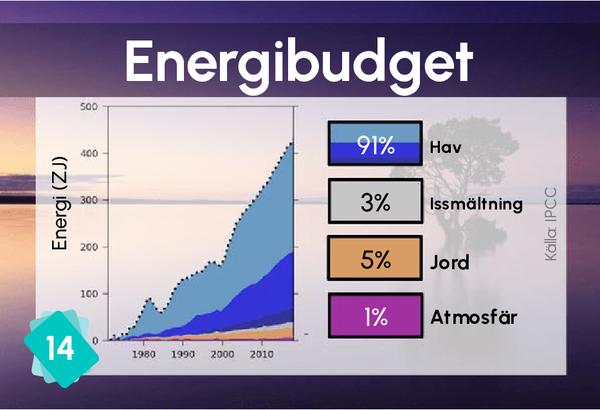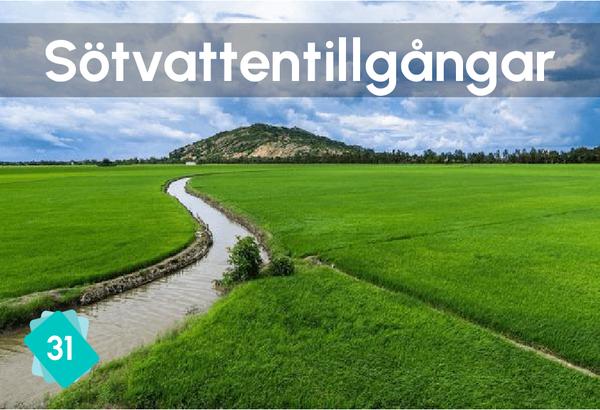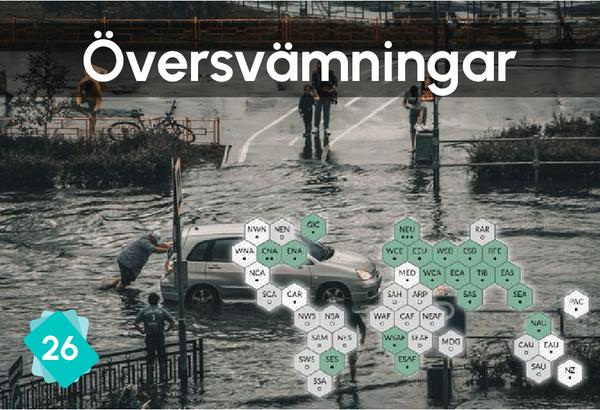16 - Smältning av glaciärer

✏️ Den här förklaringen är ännu inte tillgänglig på ditt språk, du kan fylla i detta Google-formulär för att hjälpa oss!
Kortet handlar om bergsglaciärer (till skillnad från inlandsis?) Nästan alla glaciärer har minskat i omfång och massa [1].
[1] AR6 WG1 TS2.5 p44 (p76) // SROOC Figure TS.3 p8
1Orsak
2Konsekvenser
En smältning av 100 gigaton is per år motsvarar cirka 0,28 mm per år av medelhavsnivåhöjning. Således är 15–35 % av havsnivåhöjningen kopplad till smältningen av glaciärer, enligt IPCC:s scenarier. 30–35% är kopplat till expansion av vatten. Resten är kopplat till istäckenas smältning.
Glaciärernas smältning hotar vattenförsörjningen. Faktum är att den relativa betydelsen av glaciärsmältvatten på sommaren kan vara betydande, och bidrar till exempel med 25 % av augustiflödena i avrinningsområden som dränerar de europeiska Alperna, med en yta på cirka 105 km2 och endast 1 % glaciärtäckning. Deras försvinnande skulle kunna vara katastrofalt för städer belägna i dalar som bevattnas av floder som rinner ner från de omgivande bergen och för sötvattensfaunan. Glaciärsmältvatten blir också viktigare under torka och värmeböljor. Till en början ger smältande glaciärer mer vatten tills de når en vattenpuckel. Men efter denna puckel har glaciärerna krympt för mycket och mängden vatten som tillförs minskar.
KÄLLOR: AR6 WG1 Box TS.6 s53 // SROCC FAQ 2.1, Figur 1: vattenpuckel s162
1Annan möjlig konsekvens
Det är möjligt, under vissa omständigheter med hög värme, att den alltför snabba smältningen av glaciärerna orsakar översvämningar. Men det verkliga bekymret med dessa glaciärer är att de gradvis försvinner, vilket berövar bevattningen nedströms ett tillskott av vatten på sommaren.
KÄLLOR: AR6 WG1 Box TS.6 s53 // AR6 WG1 8.2.3.1 s1088 (s1071) // SROCC FAQ 2.1, Figur 1: vattenpiken s162







